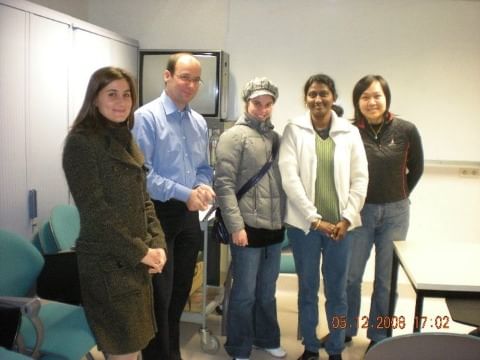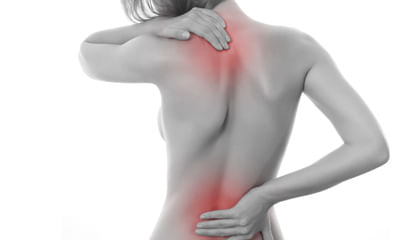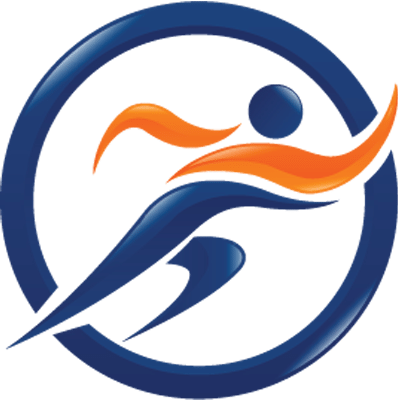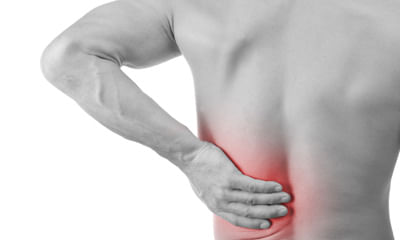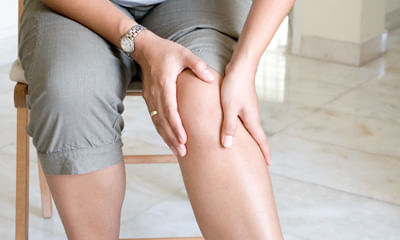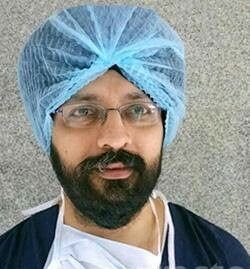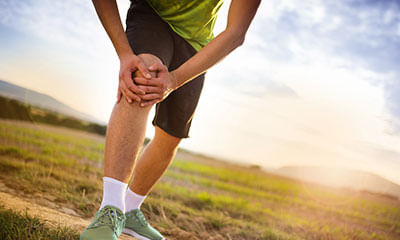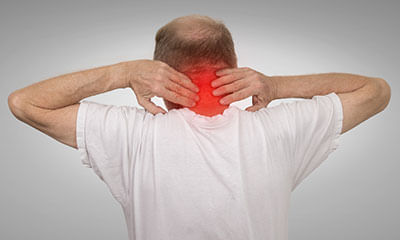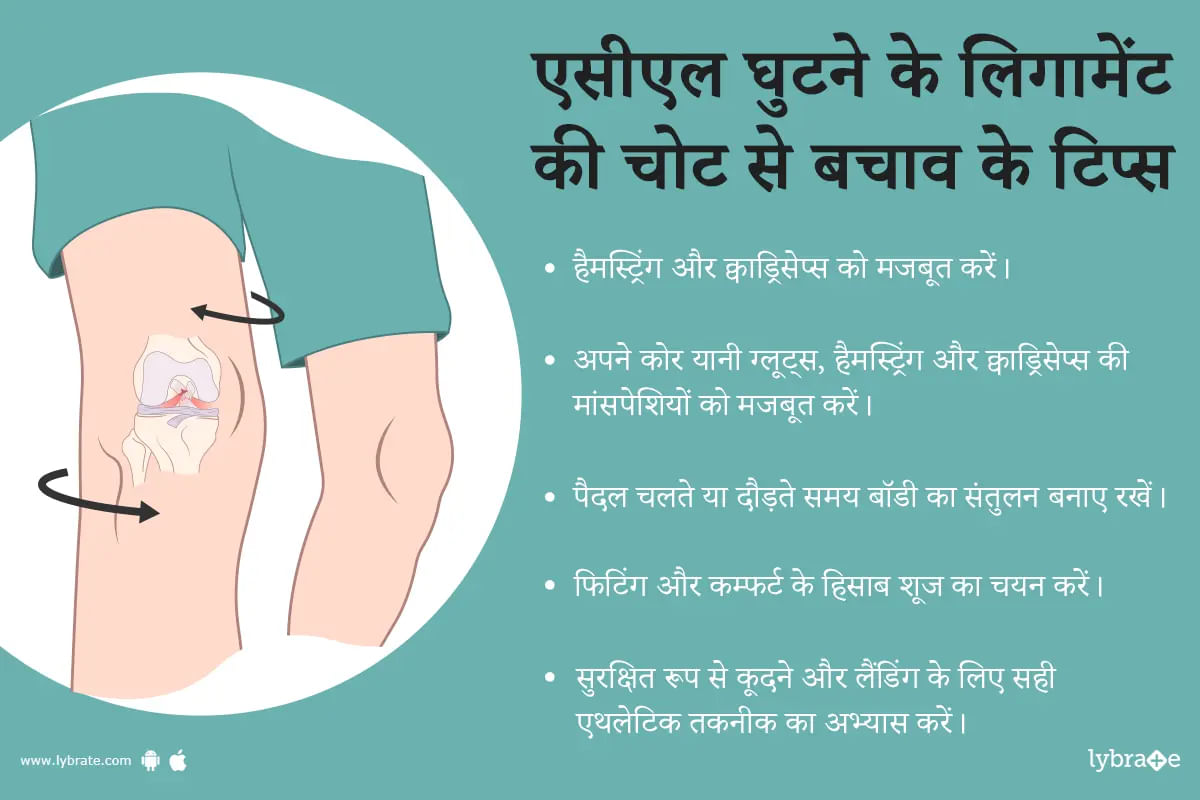Get the App
For Doctors
Login/Sign-up
Health Feed
Find Doctors
Health Packages
AllQ&AsTipsQuizzes
Minimally Invasive Hip Correction Health Feed
Asked for female, 26 years old from Guntur
Share
Bookmark
Report
Anaemia always leads to the symptoms of being tired that can also be reason to have frequent sprains in the leg once the oxygen levels in the blood comes down it automatically leads to improper functioning of the joints and muscles and that also might make the hip muscles to become tired thereby straining mildly might lead to waist / hip pain.
41 people found this helpful
Asked for male, 42 years old from Hyderabad
Share
Bookmark
Report
Hi Lybrate user - osteonecrosis of the femoral head is the endpoint of a disease process that results from insufficient blood flow and bone-tissue necrosis, leading to joint instability, collapse of the femoral head, arthritis of the joint, and total hip replacement. Pain is the most frequent clinical symptom. Both bone tissue and cartilage suffer when osteonecrosis of the femoral head develops. Stimulation with pulsed electromagnetic fields (pemfs) has been shown to be useful for enhancing bone...more
91 people found this helpful
Health Query
Share
Bookmark
Report
The typical symptoms of a posterior cruciate ligament injury are:
•pain with swelling that occurs steadily and quickly after the injury.
•swelling that makes the knee stiff and may cause a limp.
•difficulty walking.
•the knee feels unstable, like it may "give out"
the posterior cruciate ligament (pcl) is the strongest ligament in the knee. It extends from the top-rear surface of the tibia (bone between the knee and ankle) to the bottom-front surface of the femur (bone that ex...more
•pain with swelling that occurs steadily and quickly after the injury.
•swelling that makes the knee stiff and may cause a limp.
•difficulty walking.
•the knee feels unstable, like it may "give out"
the posterior cruciate ligament (pcl) is the strongest ligament in the knee. It extends from the top-rear surface of the tibia (bone between the knee and ankle) to the bottom-front surface of the femur (bone that ex...more
50 people found this helpful
Asked for male, 22 years old from Kolkata
Share
Bookmark
Report
This type of pain may be caused due to the irritation of certain lumbar and/or sacral nerve roots, also called sciatica. Musculoskeletal conditions, such as sacroiliac joint dysfunction or piriformis syndrome, may also cause sciatica-like pain.
Self-care treatments include:
1. Appling ice and/or hot packs
2. Performing gentle stretches.
Self-care treatments include:
1. Appling ice and/or hot packs
2. Performing gentle stretches.
151 people found this helpful
Last Updated: 3 years ago• Featured Tip
Share
Bookmark
Report
Dr. Rakesh kumar
Https://www. Lybrate. Com/delhi/doctor/dr-rakesh-kumar-orthopedist-2
Ms - orthopaedics, mbbs
22 years experience 500 - 650 at clinic 500 online
;
Dr. Rakesh kumar mbbs and m. Ch is an orthopedic doctor with 22 years of experience in the field. He has worked at anuraksha specialised orthopaedic clinic for the last 12 years and has been treating patients with knee pain, joint stiffness...more
373 people found this helpful
Asked for male, 54 years old from Aligarh
Share
Bookmark
Report
This should be due to the sciatic nerve compression in the right side probably close to your l5 vertebrae. It can also be due to the strain on the left leg, try wearing mcr chappals which would help you to get relieved from pain. Juice helps you to get cleansed with toxins. Ginger in general is good for joint pain and honey / black pepper helps you to get rid out of toxins quickly
increase rom- free active exercises of lumbar spine. Pelvic tilting forward, backward in crook lying, quadriped,...more
increase rom- free active exercises of lumbar spine. Pelvic tilting forward, backward in crook lying, quadriped,...more
88 people found this helpful
Asked for female, 25 years old from Bangalore
Share
Bookmark
Report
Physiotherapist•Mathura
Health Query
Share
Bookmark
Report
It looks like you are weak and it might be due to anaemia. You need to consume good iron diet in the body (haemoglobin and folic acid supplement) if not it is difficult for you to cope up the body metabolism. Since you are very young this might the reason. The reason might be due to back pain which is called sciatic nerve compression and it happens due to weakness where in the inflammed disc is not nourished and which touches the sciatic nerve which causes the radiating pain in the back and butt...more
93 people found this helpful
Asked for male, 28 years old from Lucknow
Share
Bookmark
Report
Ankylosing spondylitis is a cause of back pain in adolescents and young adults.
Ankylosing spondylitis is a form of chronic inflammation of the spine and the sacroiliac joints
chronic inflammation in these areas causes pain and stiffness in and around the spine, including the neck, middle back, lower back, and buttocks. Over time, chronic inflammation of the spine (spondylitis) can lead to a complete cementing together (fusion) of the vertebrae, a process referred to as ankylosis. Ankylo...more
Ankylosing spondylitis is a form of chronic inflammation of the spine and the sacroiliac joints
chronic inflammation in these areas causes pain and stiffness in and around the spine, including the neck, middle back, lower back, and buttocks. Over time, chronic inflammation of the spine (spondylitis) can lead to a complete cementing together (fusion) of the vertebrae, a process referred to as ankylosis. Ankylo...more
323 people found this helpful
Last Updated: 3 years ago• Featured Tip
Share
Bookmark
Report
घुटना हमारे शरीर के सबसे महत्वपूर्ण जोड़ों में से एक है।इसमें तीन मुख्य हड्डियां जुड़ती हैं: फीमर, या जांघ की हड्डी; टिबिया, या पिंडली की हड्डी; और पटेला, या घुटने की कटोरी।एंटीरियर क्रूसिएट लिगामेंट (एसीएल) घुटने के केंद्र में होता है और पैर के रोटेशन और टिबिया के आगे की गति को सीमित करता है। एसीएल अक्सर अचानक पैर के मुड़ने से घायल हो जाता है। आप जिस दिशा में जा रहे हैं अगर तुरंत उसे बदलकर दूसरी दिशा में घूम जाते है तो आप अपने एसीएल को घायल कर सकते हैं। दौड़ते समय अचानक रुक ...more
Book appointment with top doctors for Minimally Invasive Hip Correction treatment
View fees, clinic timings and reviews
Ask a free question
Get FREE multiple opinions from Doctors
posted anonymously

